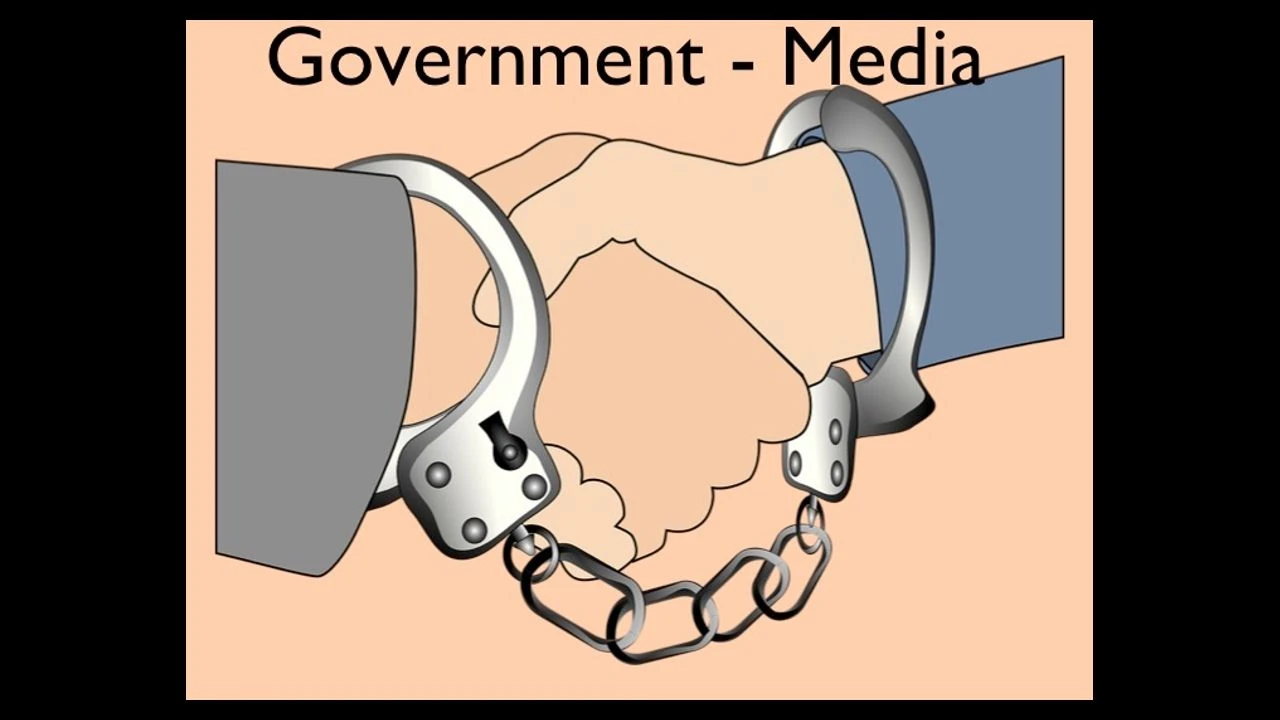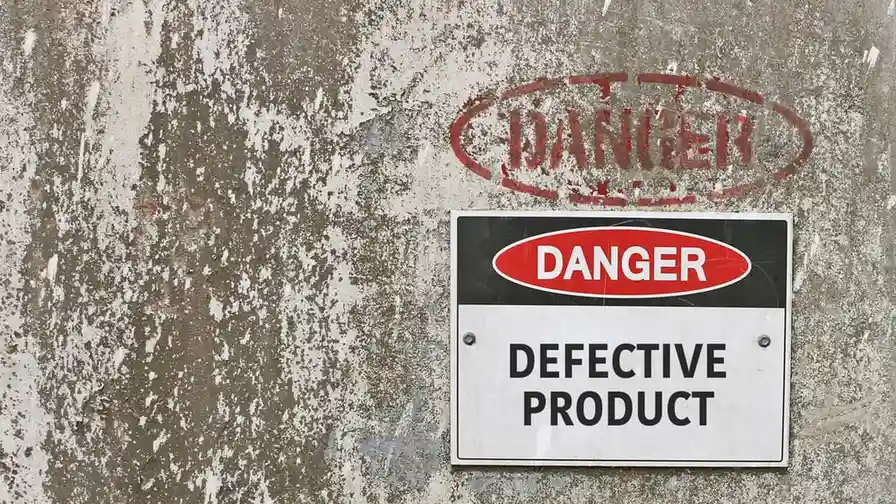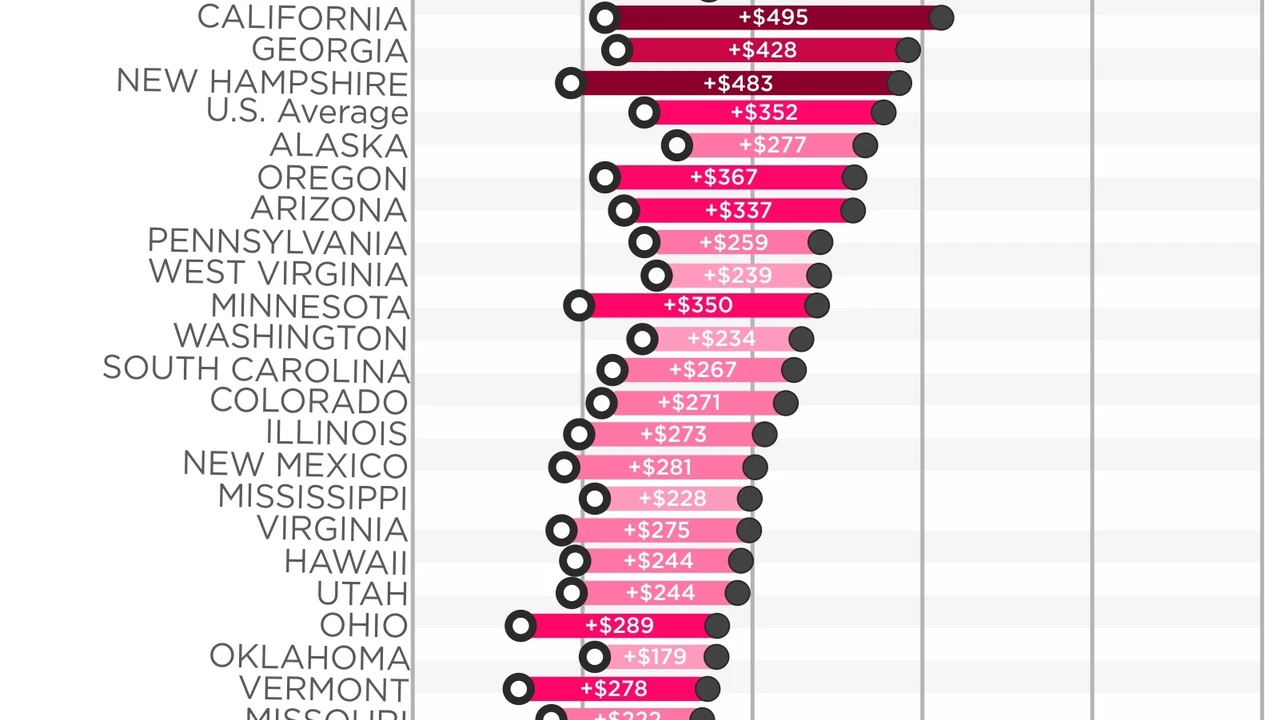Accidents Caused by Road Hazards: Holding Government Entities Accountable

Understanding Road Hazard Accidents and Car Insurance Claims
Alright, let's dive into a sticky situation: road hazard accidents. We're talking potholes, debris, poorly maintained roads – basically anything that Mother Nature (or negligent government entities) throws your way that messes up your car. Figuring out who's responsible and how your car insurance comes into play can be a real headache. This article breaks down the complexities of holding government entities accountable when road hazards cause accidents, and how to navigate the insurance claim process.
What Exactly are Road Hazards That Cause Car Accidents?
So, what qualifies as a road hazard? Think of it as anything that shouldn't be there that causes damage or an accident. Here are a few common culprits:
- Potholes: The classic. Deep enough to swallow a small car (okay, maybe an exaggeration, but you get the idea).
- Debris: Fallen trees, construction materials, shredded tires – anything lying in the road that wasn't put there intentionally.
- Poor Road Maintenance: Cracked pavement, uneven surfaces, faded lane markings, or even just a lack of timely snow removal.
- Flooding: Standing water that obscures road markings or makes driving conditions treacherous.
- Construction Zones: Unmarked or poorly marked construction zones with uneven surfaces, loose gravel, or sudden lane changes.
- Animals: While not always the government's fault, a lack of proper fencing or warning signs in areas with high animal activity can contribute to accidents.
Who's Liable? Holding Government Entities Accountable for Road Hazard Car Accidents
This is where things get tricky. Generally, government entities (cities, counties, states) are responsible for maintaining safe roads. But proving they were negligent can be an uphill battle. Here's what you need to consider:
- Notice: Did the government entity know about the hazard? Had the pothole been reported? Had there been previous accidents at the same location? If they knew (or should have known) about the hazard and failed to address it in a reasonable timeframe, they may be liable.
- Negligence: Did the government entity fail to meet its duty of care to maintain safe roads? This is a legal standard that varies by jurisdiction.
- Causation: Did the road hazard directly cause your accident? You need to prove that the hazard was the proximate cause of the damage to your vehicle.
Important Note: Government entities often have "sovereign immunity," which protects them from lawsuits. However, most states have exceptions to this immunity, allowing lawsuits in cases of negligence. Consult with an attorney to understand the laws in your specific state.
Navigating the Car Insurance Claim Process After a Road Hazard Accident
Okay, so you've hit a massive pothole and now your car sounds like a dying walrus. What do you do? Here's the breakdown:
- Safety First: If possible, pull over to a safe location. Turn on your hazard lights. Check for injuries.
- Document Everything: Take photos of the road hazard, your vehicle damage, and the surrounding area. Get contact information from any witnesses.
- Report the Accident: File a police report. This is crucial for insurance purposes and for establishing a record of the incident.
- Notify Your Insurance Company: Contact your insurance company as soon as possible to file a claim. Be honest and accurate in your description of the accident.
- Gather Evidence: Collect any evidence that supports your claim, such as repair estimates, medical bills, and the police report.
- Consider Legal Counsel: If the damage is significant or if you believe the government entity is liable, consult with an attorney.
Types of Car Insurance Coverage That May Apply to Road Hazard Accidents
Depending on your insurance policy, several types of coverage might come into play:
- Collision Coverage: This covers damage to your vehicle caused by colliding with another object, including potholes and debris. You'll likely have to pay a deductible.
- Comprehensive Coverage: This covers damage to your vehicle caused by events other than collisions, such as vandalism, theft, or damage from falling objects. Again, you'll likely have to pay a deductible.
- Uninsured/Underinsured Motorist Property Damage (UMPD): This coverage might apply if the accident was caused by another driver who was uninsured or underinsured, even if the hazard contributed to the accident.
Pro Tip: Review your insurance policy carefully to understand your coverage limits and deductibles.
Dealing With Insurance Companies After a Road Hazard Accident
Dealing with insurance companies can be frustrating. Here are a few tips to keep in mind:
- Be Prepared: Have all your documentation organized and readily available.
- Be Persistent: Follow up regularly with the insurance adjuster.
- Know Your Rights: Understand your rights under your insurance policy and state law.
- Don't Be Afraid to Negotiate: You may be able to negotiate a better settlement.
- Consider Legal Representation: If you're having trouble getting a fair settlement, consult with an attorney.
Product Recommendations for Protecting Your Car From Road Hazards
Alright, let's talk gear! While you can't avoid every pothole, having the right equipment can minimize damage and keep you rolling.
Tire Pressure Monitoring Systems (TPMS) and Road Hazard Protection
What it is: A TPMS alerts you to low tire pressure, which can make your tires more vulnerable to damage from potholes and debris. Road hazard protection is an add-on to your tire purchase that covers damage from (you guessed it) road hazards. Why you need it: Low tire pressure increases the risk of sidewall damage and blowouts. Road hazard protection can save you hundreds of dollars if you need to replace a damaged tire. Product Comparison: * Yokohama Road Hazard Protection: Often bundled with Yokohama tires, this protection covers repair or replacement costs due to road hazard damage. Cost varies depending on the tire size and retailer. * Discount Tire Road Hazard Protection: Available for tires purchased at Discount Tire, this plan offers similar coverage to Yokohama's. Pricing is based on tire size and value. * Aftermarket TPMS Sensors: Brands like Schrader and VDO offer replacement TPMS sensors that are compatible with most vehicles. Prices range from $30-$100 per sensor. Example Scenario: Imagine hitting a pothole on a dark, rainy night. Your TPMS alerts you to rapidly decreasing tire pressure. You pull over safely and discover a sidewall puncture. With road hazard protection, the tire can be replaced at no cost (or minimal cost, depending on the plan). Pricing: TPMS sensor sets can range from $100-$400 depending on the vehicle and brand. Road hazard protection typically adds $10-$30 per tire.
Dash Cams: Capturing Evidence of Road Hazard Accidents
What it is: A dash cam continuously records video while you drive. This can be invaluable evidence in the event of an accident. Why you need it: A dash cam can prove that a road hazard caused the accident and that you were not at fault. It can also deter fraudulent claims. Product Comparison: * Garmin Dash Cam 67W: Wide-angle lens, 1440p resolution, GPS, and voice control. Price: Around $200. * Thinkware F200 Pro: Full HD resolution, parking mode, and impact detection. Price: Around $150. * Vantrue N4: Triple-channel recording (front, interior, rear), 4K resolution (front), and parking mode. Price: Around $300. Example Scenario: You're driving on a highway when a large piece of debris flies off a truck in front of you and damages your windshield. The dash cam captures the entire incident, providing clear evidence of the truck's negligence. Pricing: Dash cams range from $50 to $500+, depending on features and resolution.
Suspension Upgrades: Improving Ride Quality and Durability
What it is: Upgrading your suspension can improve your car's handling, ride quality, and ability to withstand impacts from road hazards. Why you need it: Stiffer springs and dampers can absorb shocks more effectively, reducing the risk of damage to your wheels, tires, and chassis. Product Comparison: * Bilstein B6 Performance Shocks: Designed for improved handling and control without sacrificing ride comfort. Price: Around $100-$200 per shock. * Eibach Pro-Kit Lowering Springs: Lowers the vehicle's center of gravity for improved handling and a sportier appearance. Price: Around $300-$400 per set. * Air Lift Performance Air Suspension: Allows you to adjust your vehicle's ride height and firmness on the fly. Price: $2000+ Example Scenario: You frequently drive on rough roads with potholes and uneven surfaces. Upgrading to stiffer shocks and springs can improve your car's ability to absorb bumps and maintain stability. Pricing: Suspension upgrades range from a few hundred dollars for basic shocks and springs to several thousand dollars for air suspension systems.
Documenting the Road Hazard for Potential Claim
Capturing the hazard itself is key. Use your smartphone to take photos and videos of the pothole, debris, or whatever caused the damage. Include measurements (use your shoe or a common object for scale). Note the location accurately using GPS or nearby landmarks. Report the hazard to the appropriate government agency (city, county, or state DOT). Keep a record of your report, including the date, time, and reference number.
Consulting with a Legal Professional for Accidents Caused by Road Hazards
If you've suffered significant damage or injuries, or if you're having trouble getting a fair settlement from the insurance company or the government entity, it's time to lawyer up. An attorney specializing in personal injury or property damage can advise you on your legal rights and options, and can help you navigate the complex legal process.
Staying Safe on the Road Despite Hazards
Ultimately, the best defense against road hazard accidents is safe driving. Pay attention to the road ahead, maintain a safe following distance, and adjust your speed to the conditions. Avoid distracted driving and be especially cautious in areas known for road hazards.
:max_bytes(150000):strip_icc()/277019-baked-pork-chops-with-cream-of-mushroom-soup-DDMFS-beauty-4x3-BG-7505-5762b731cf30447d9cbbbbbf387beafa.jpg)






